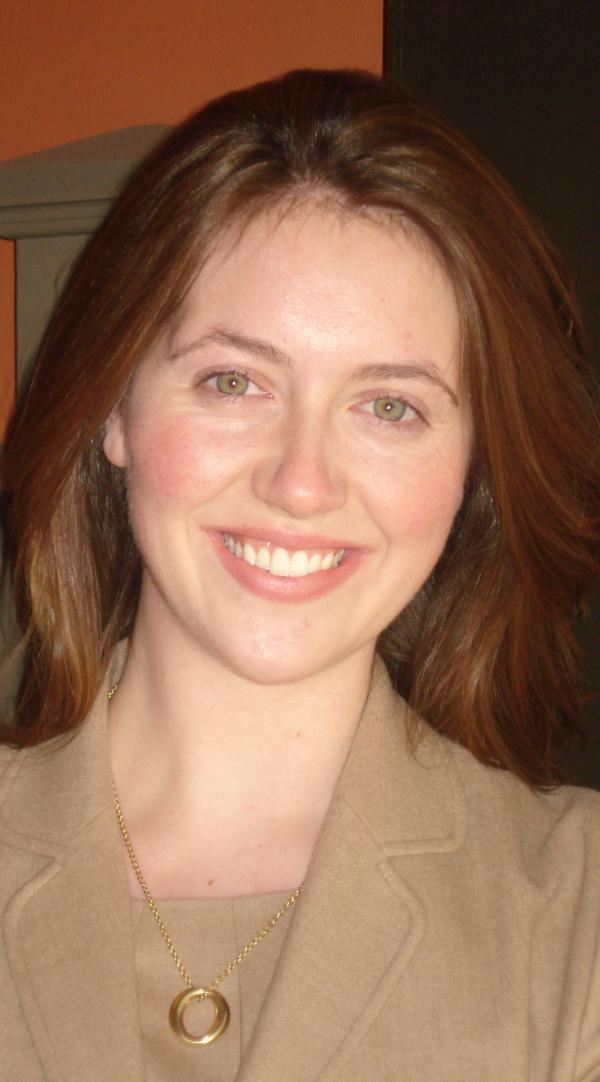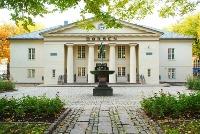
Studying abroad requires constantly negotiating the boundary between resident and tourist, feeling at once part of a strange new culture, yet always observing it from the outside. I was reminded of this when I arrived in August, on my first morning at the University of Oslo’s Center for Gender Research (STK) as my colleagues gathered around a large table for their weekly lunchtime office meeting.
Lunch pack faux pas
I joined them as they began to unwrap their matpakker (lunch packs). I consider matpakker to be one of the most distinctive aspects of Norwegian culture. They invariably consist of a paper-wrapped stack of smørbrød (sandwiches), each separated by a slip of mellompapir (in-between papers). It sounds insignificant, but the uniformity of Norwegian matpakker is as strict as anything gets in Norway. For instance, each smørbrød is open-faced. It is not too much of an exaggeration to joke (as does Brown Cheese, Please, the infamous guidebook to all things Norwegian) that Norwegians may regard with suspicion anyone seen eating a “closed” sandwich.
Aside from small variations in bread and cheese types, most matpakker seem to consist of a piece of knekkebrød (cracker) or brød (bread), and pålegg (toppings) of butter, cheese, and either radish or bell pepper. I had come prepared for the open-faced sandwich requirement, but as a newcomer to Norway, I still had much to learn about the finer points of matpakke protocol. As I began to unwrap my matpakke, I heard a horrified gasp and looked up to meet the astonished eyes of the center’s director. “My goodness, you are American, aren’t you?” she exclaimed, as she looked down at my matpakke of peanut butter-smeared knekkebrød. All of the Norwegians guffawed. I had unwittingly played into the stereotype of the American who will even put peanut butter on an open-faced sandwich.
Women in the boardrooms
So began my yearlong stay in Norway. I’m here on a Fulbright grant, researching the country’s newest law on gender quotas, currently the only legislation of its kind in the world. The law went into effect on January 1, 2006, and requires that all companies listed on the Norwegian stock exchange meet 40% gender quotas on their boards of directors by January 1, 2008, or face delisting from the Norwegian stock exchange. These quotas are, in theory, an extension of gender quota legislation implemented in the Norwegian government sector in the 1970s.
I plan to compare that process – in particular, the rhetoric developed during the 1970s and 1980s to include women in Norwegian government – with the arguments currently employed to bring more women into the country’s boardrooms. I'm interested in what these arguments may imply about Norway’s conception of gender equality. For example, arguments from the 1970s promoting women in government positions generally emphasized the issue of justice: since women make up 50% of the population, they should be represented in government accordingly. In contrast, the arguments for promoting women in business have focused on the unique skills and qualities that women will bring to boardrooms. This assumption of gender difference supports the argument that women should be promoted in the private business sector because they are an untapped resource in the business world. The business case primarily employs a resource-based, rather than a justice-based rationale.[1] I am interested in exploring the implications of these different arguments: does it make a difference to advantage the concept of gender equality because it is profitable, rather than because it is just; does suggesting that women and men possess different business skills have unintended consequences? I’m also interested in exploring whether Norway’s experience with such quotas has application to other countries, especially the United States.
Cultural exchange
Despite my occasional lunsj faux pas, I feel lucky to be in Norway on a Fulbright grant from the United States and Norwegian governments. The Fulbright program is an international program started by U.S. Senator J. William Fulbright in the aftermath of the Second World War. He envisioned the program as a way to promote peace and mutual understanding through educational exchanges between cultures, at both the institutional and individual level.[2] I like to think that even my smørbrød incident is the sort of cultural learning exchange that Senator Fulbright contemplated. A Fulbright grantee usually has an institutional host within a country, and I could not have been more fortunate with my Norwegian host. I am grateful to the University’s Center for Gender Research (STK) for welcoming me, providing me with office space and inviting me to participate in seminars and classes. I am grateful, as well, to Mari Teigen, my advisor at the Institute for Social Research (ISF), who has collaborated with me and shared her research.
Not exactly Wall Street
While educational institutions do have experience with curious researchers, private institutions can sometimes be more difficult to navigate. I have been amazed at the level of access that both Norwegian educational and private institutions have granted me to pursue this project. I remember contacting Marit Hoel, director of the Center for Corporate Diversity (CCD), a group committed to facilitating the quotas, to ask if she might schedule an interview sometime in the coming months. I knew she was very busy, so I was surprised when she replied almost immediately, inviting me to meet her at a seminar on the quotas, the following day at the

Oslo Stock Exchange. With visions of Wall Street in my head, I anticipated that trying to locate this meeting might involve a logistical nightmare of badges, passes and a labyrinth of offices. Instead, I was pleasantly surprised to find the Norwegian Stock Exchange housed in, well, a house, and the seminar on gender quotas to be the main event of the day. Many framers and implementers of the quotas, whom it would have taken months to track down and individually interview, were present in one room for the afternoon.
Policies in action
It has been an especially interesting time to be in Norway researching these quotas, as some companies have rushed, and others lagged, to meet the January 1, 2008 deadline. The seminar at the Oslo Stock Exchange was the first time international press really began to pay attention to the legislation being passed in Norway and to weigh in on the current debate. Norway is widely and justly regarded as a pioneer on issues of gender equality and it has been both eye-opening and exciting for me to see its progressive policies in action. I plan to share my research in a few ways. While in Norway, I’ve been able to pursue radio journalism, reporting for the University of Oslo’s international students’ radio program, Snakker ikke norsk. Before returning to the U.S. to continue pursuing radio journalism in June, I hope to publish an article and complete a short radio documentary about my research. In the meantime, I’m looking forward to the next several months in Norway, especially to spring, when I’ll confront new challenges with the appearance of the seasonal engansgriller (disposable outdoor grills) and pølse med lompe (hotdogs, Norwegian style). I can’t wait to find out how they taste with peanut butter.
Lauren Osen graduated from the University of Chicago last June with bachelor degrees in History and Gender Studies. She was awarded a Fulbright grant and moved to Norway in August to research the country’s new and internationally unprecedented gender quotas in its private business sector. Lauren is currently researching in Norway in affiliation with Professor Beatrice Halsaa at the University of Oslo’s Center for Gender Research (STK) and with Research Director, Mari Teigen, of the Institute for Social Research (ISF). She is working to complete an article and a short radio documentary about the quotas by June and plans to return to the U.S. this summer to pursue radio journalism before applying to graduate schools.